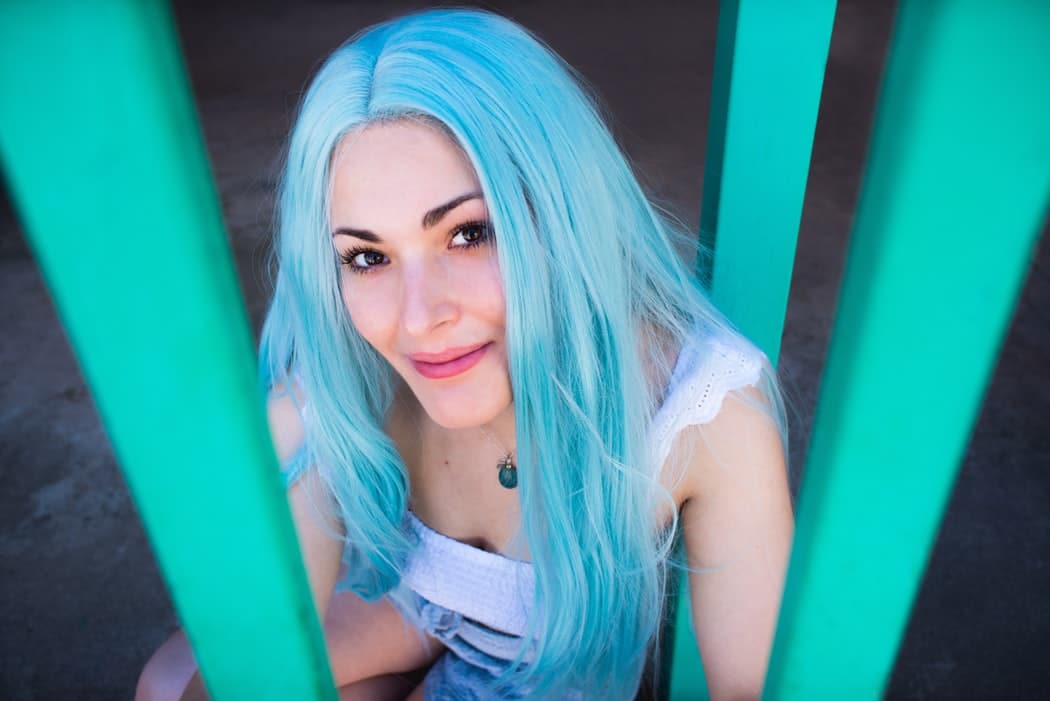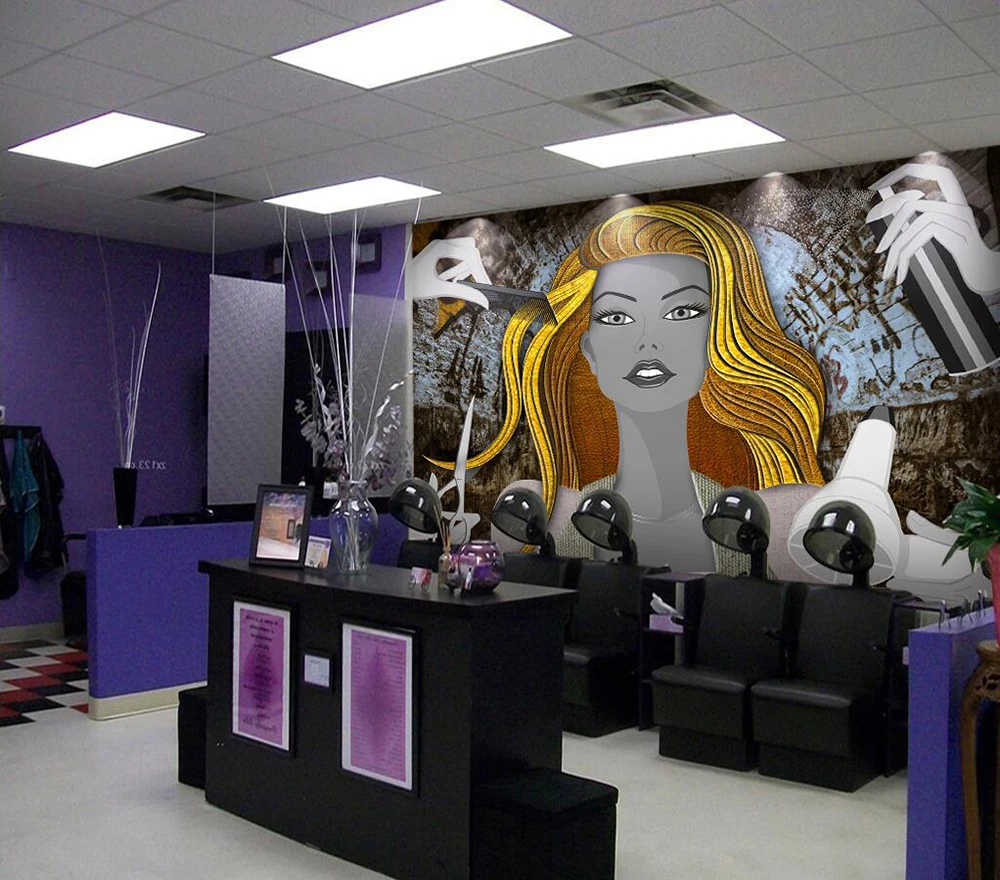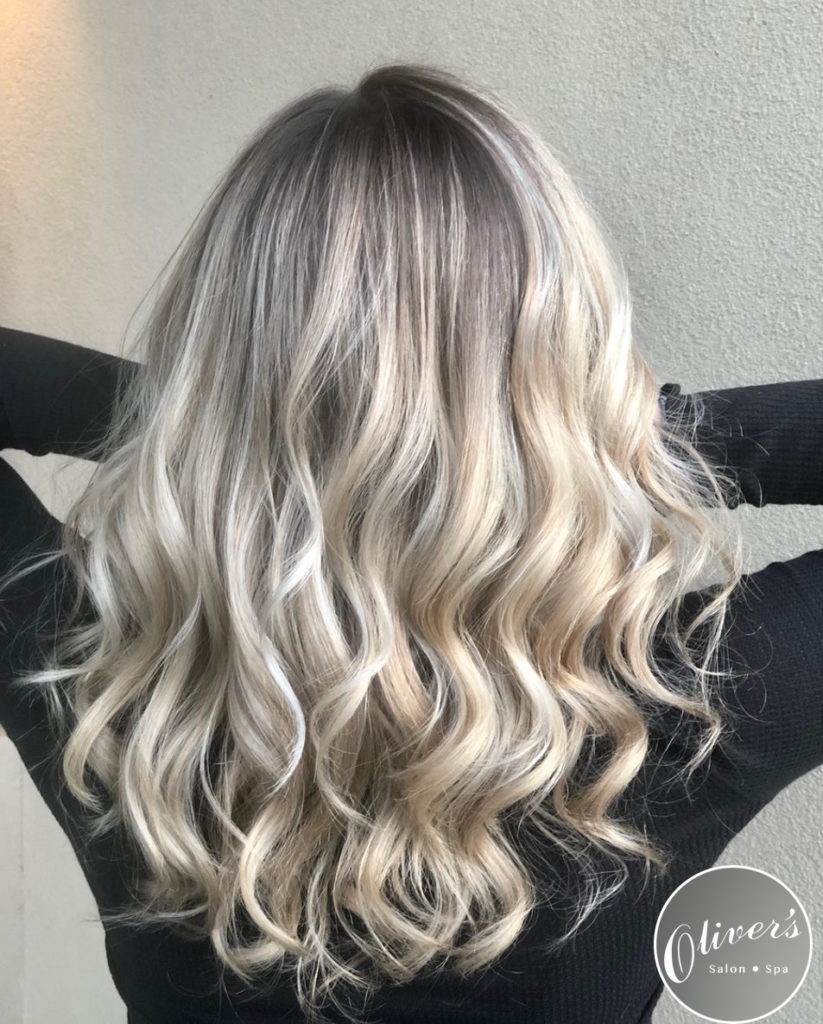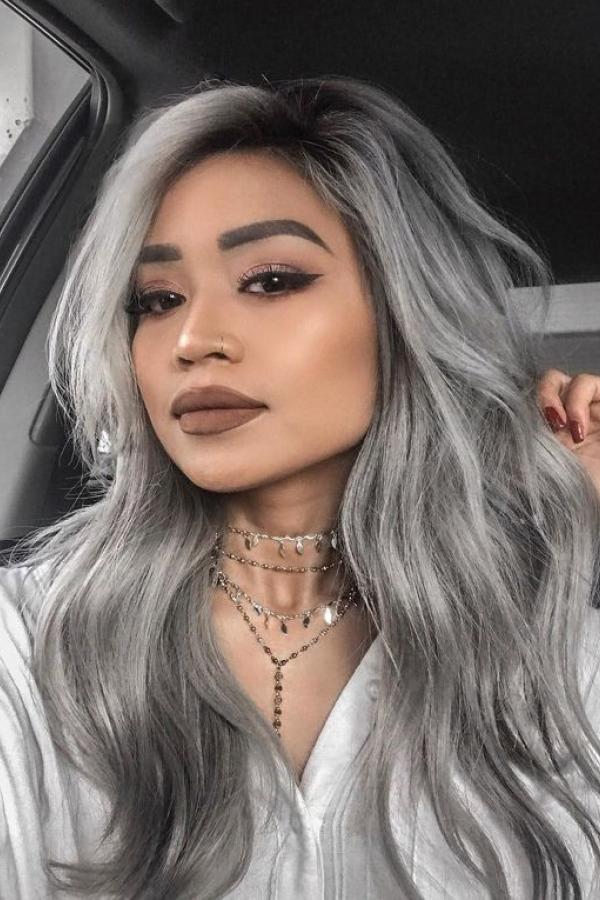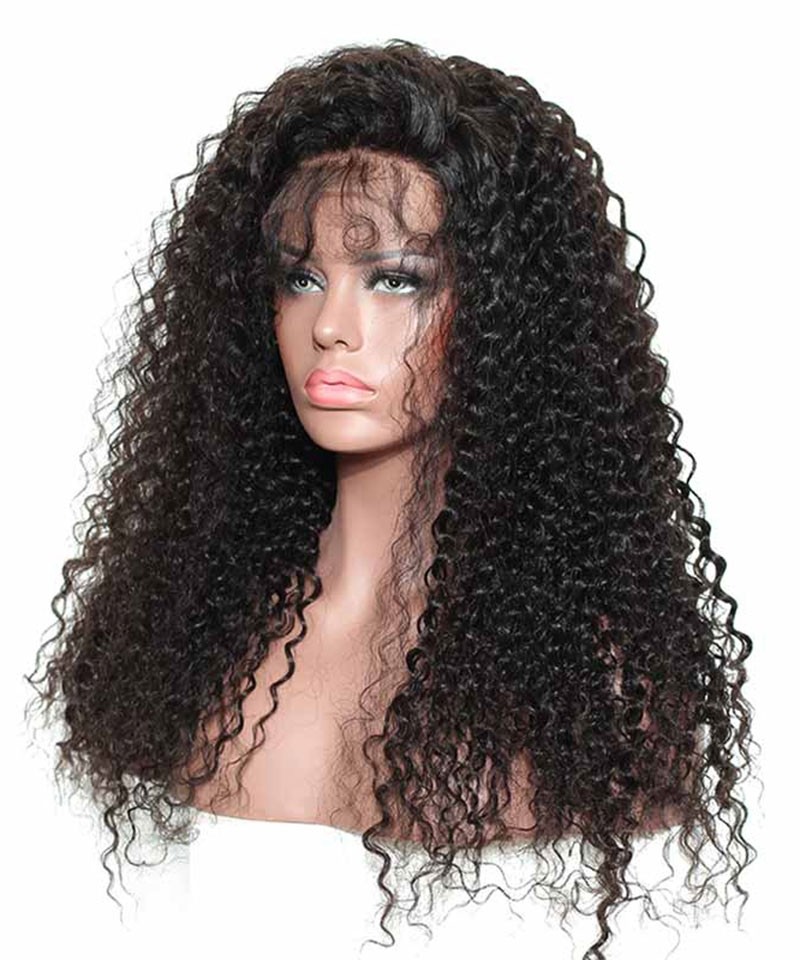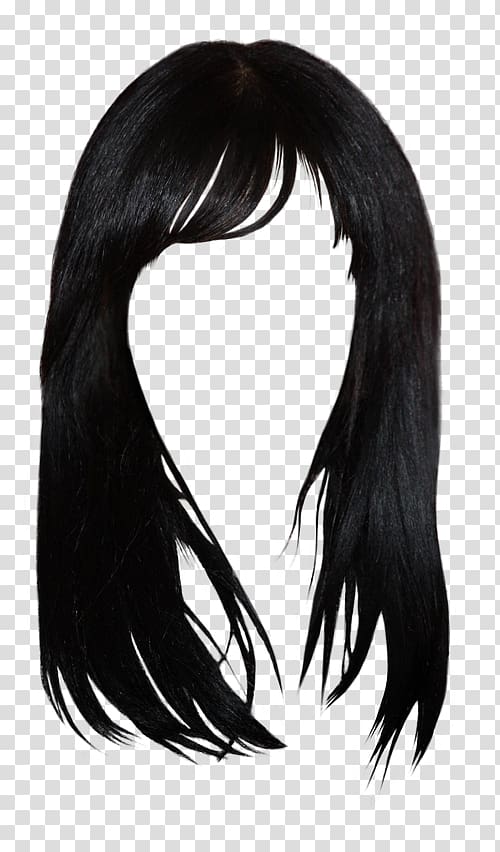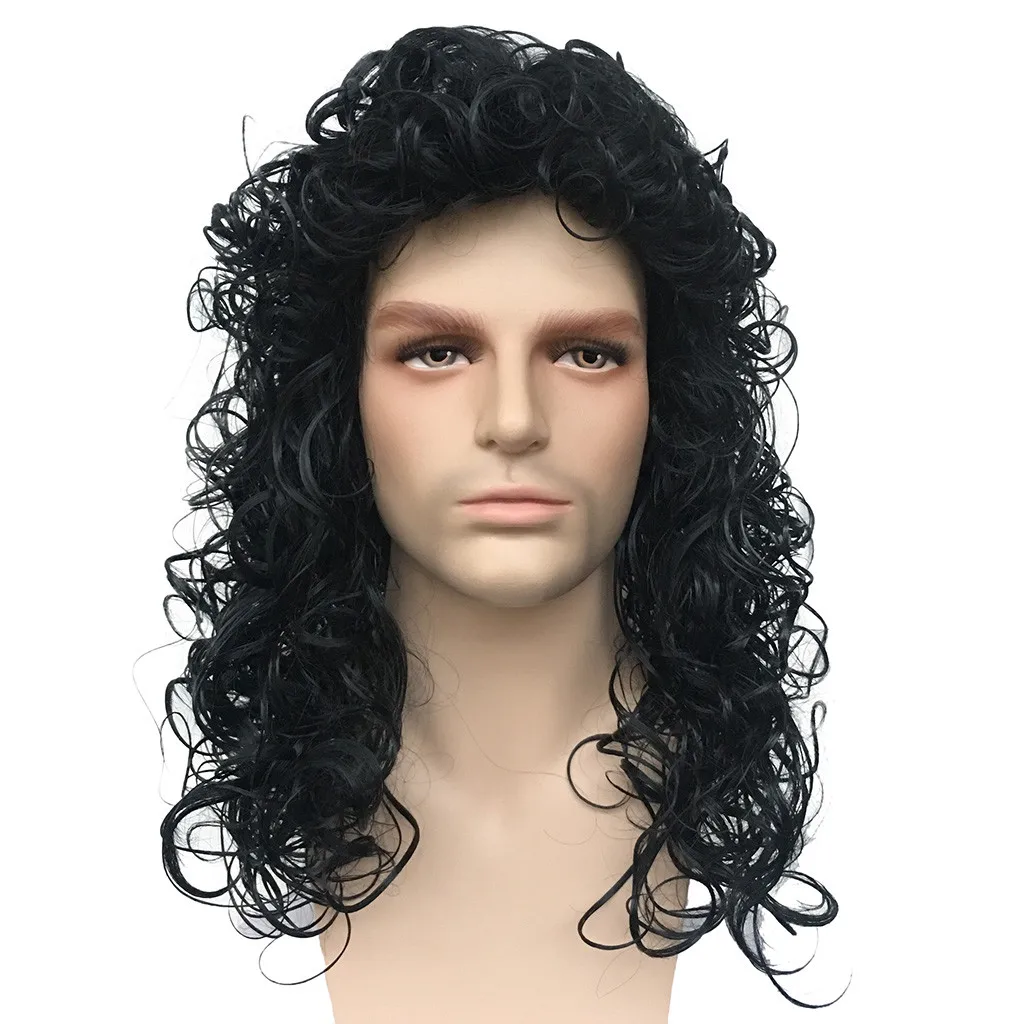Table Of Content

The idea of commercializing this novel pinkish-purple color immediately piqued Perkin’s interest, who enjoyed painting. Hair dye as we know it today was invented in 1907 by the founder of hair experts Eugene Schueller, L’Oreal. Over the next 20 years, the number of people colouring their hair rose from 7% to 40%. In 1909, he registered his company, the Société Française de Teintures Inoffensives pour Cheveux. Eugene formulated and manufactured his own hair products, and successfully sold them to hair salons all over Paris.
THE STORY OF: Hair Colour And The Evolution Of Hair Dye

The roots of hair dye can be traced back millennia, but the real revolution began in the 1800s with scientific advancements like Hoffman’s PPD revelation. Prostitutes were required to have blonde hair, achieved through plant ashes or nuts. As a dynamic husband and wife duo behind Curl Centric, our passion for curly hair has fueled a transformative journey. From intricate hair care routines to the simplicity and delight of embracing natural curls, Curl Centric is a beacon for the curly hair community, offering resources for hair growth, care, styling, and support. This caustic treatment damaged her hair beyond repair and potentially contributed to her untimely death. Despite its damaging effects on their health, hair bleaching remained a popular beauty staple.
Dyeing a Short Beard: Tips, Tricks, and Best Dyes for a Perfect Look (
The EU has categorized 27 hair-color ingredients as sensitizers, listing 10 of them as extreme and 13 strong. In the worst case, it could trigger anaphylaxis, an extreme and potentially fatal allergic response. As a research professor, Lewis acted as a consultant for cosmetics companies, but he always felt uncomfortable about their insistence upon using the same old oxidative formulas. Lewis retired from academia 10 years ago to launch Green Chemicals, a company that aims to develop safer consumer goods. His company introduced a more environmentally friendly flame retardant, and now Lewis wants to overhaul hair dyes.
The Evolution Of Face Serums: From Niche Elixir To Skincare Staple
You may also be shocked to learn that the earliest iterations of hair color were used by both men and women to enhance their looks. Only during the Middle Ages in Europe did coloring hair shift to be a predominantly female habit. So, the next time you reach for that box of hair dye or sit down in your stylist's chair, take a moment to appreciate the rich history and innovation that has brought us to this point. And as you embrace your new colour, remember that you're not just changing your appearance – you're participating in a millennia-old tradition of self-expression and creativity. In addition, digital tools like virtual try-on apps have made it easier than ever for individuals to experiment with different hair colours before committing to a specific shade. These advancements have not only improved the hair dye experience for consumers but also opened up new possibilities for hair colour innovation.
This sparked a trend towards livelier and more vivid colors that had never been observed before in popular fashion circles. The enthusiasm for these new looks continued into the 20th century and has since become an essential part of modern beauty culture all over the globe. In the 1800s, chemists discovered para-phenylenediamine (PPD) and its use in the creation of synthetic dye. At the same time, it was found that hydrogen peroxide was a gentler and safer chemical for hair bleaching. His company would be called “Clairol.” Later, in 1950, he would introduce the first one-step hair dye product that actually lightened hair without bleach.
This article will outline the invention of hair dye’s exact date as well as its advancements over time. By 2015, an estimated 70 per cent of American women were using at-home hair colour. The use of henna for hair dye wasn’t only for cosmetic purposes but also held social significance, as it was a way to demonstrate one’s status and wealth. By the late 1960s, at-home dye kits allowed hair color experimentation for all. You’re wondering about the origins of hair dye, a practice steeped in ancient roots. This certification guarantees that all eSalon products, materials, and ingredients are never tested on animals during development and manufacturing.
Blackcurrants could help end bad (for the planet) hair days - University of Leeds
Blackcurrants could help end bad (for the planet) hair days.
Posted: Wed, 30 May 2018 07:00:00 GMT [source]
Present Day Hair Color
To help prevent or limit allergic reactions, the majority of hair color products recommend that the client conduct a patch test before using the product. This involves mixing a small quantity of tint preparation and applying it directly to the skin for a period of 48 hours. If irritation develops, manufacturers recommend that the client not use the product. There will be subtle variations in shade across the entire head, because of hair's color and porosity along the length of a hair strand. The final color of each strand of hair will depend on its original color and porosity.
Schueller’s hair color, on the other hand, was created using coal tar, a gentler and safer substitute. Demi-permanents have several advantages as compared with permanent color. Demi-permanent hair colors are not permanent but the darker shades in particular may persist longer than indicated on the packet. Women often sought to alter their natural hair color to meet the beauty ideals of the era. To do this, some used plants for dyeing while others resorted to more hazardous concoctions such as lead and arsenic.
Lewis is also worried that the beauty industry has too much power over consumer safety. The modern era of the Food and Drug Administration began in 1906, when it was known as the Bureau of Chemistry. The FDA has banned many types of dyes since, but it has always officially deemed coal-tar dyes safe, especially for hair coloring, as long as consumers were warned of the possibility of skin irritation. To this day, coal-tar dyes (which are now derived from petroleum) do not require FDA certification.
This variation gives a more natural looking result than the solid all over color of a permanent. Because gray or white hairs have a different starting color than other hair, they will not appear as the same shade as the rest of the hair when treated with semi-permanent color. If there are only minimal grey/white hairs, the effect will usually be enough for them to blend in, but as the gray spreads, there will come a point where it will not be disguised as well. In this case, the move to demi-permanent as a base can be used sometimes adding highlights, to delay permanent coloring. The utilization of hair dye also had implications on marriage prospects during this period. A woman’s selection in color could be interpreted as a hint of her character and how she would act in a marriage.
Hair dye has also been used for camouflage and concealment purposes throughout history. In times of war, soldiers would often dye their hair to blend in with their surroundings or disguise their identity. Additionally, hair dyeing was employed by individuals seeking to hide gray hair or cover up unwanted hair colors. In 1907, French chemist Eugene Schueller took PPD and created the first hair color for commercial purposes, dubbing the new product Aureole, which soon became known as L’Oréal, as was the company that Schueller founded. Throughout the early and mid 1900s, hair color formulas advanced, including at-home hair color that boasted longer staying power and hydrogen peroxide-free lightening hair color.
During this time, hair dye was an integral part of self-expression and culture. People used it to craft vivid colors that spoke volumes about their personalities and styles. From deep blues to fiery reds, these dyes were a reflection of the wearer’s identity. Hair dyeing has become a powerful means of expressing individuality and identity in modern society. People dye their hair to reflect their personal style, beliefs, and emotions.
The history of hair dye goes back thousands of years and has taken various forms, shapes, and colours throughout the ages. The desire to change the colour of our hair is not a new concept; it has been a part of human culture for millennia. Archaeologists have found evidence that as far back as the Neanderthals, humans have been using various things to change the color of both hair and skin. Ancient Gauls and Saxons dyed their hair various vibrant colors to show rank and to instill fear into enemies on the battlefield.
Temporary Color–More like a paint or hair mask, these colors are applied on top of the hair and do not penetrate the hair shaft. Mostly available in bright and exotic colors, temporary hair colors will wash out of the hair. Eugene Schueller was a French pharmacist who developed hair dye based on synthetic paraphenylanadiamine, which he called Oréale. The industry is so dominant because it is so closely tied to our perception of beauty and how we want to present ourselves to the world.
